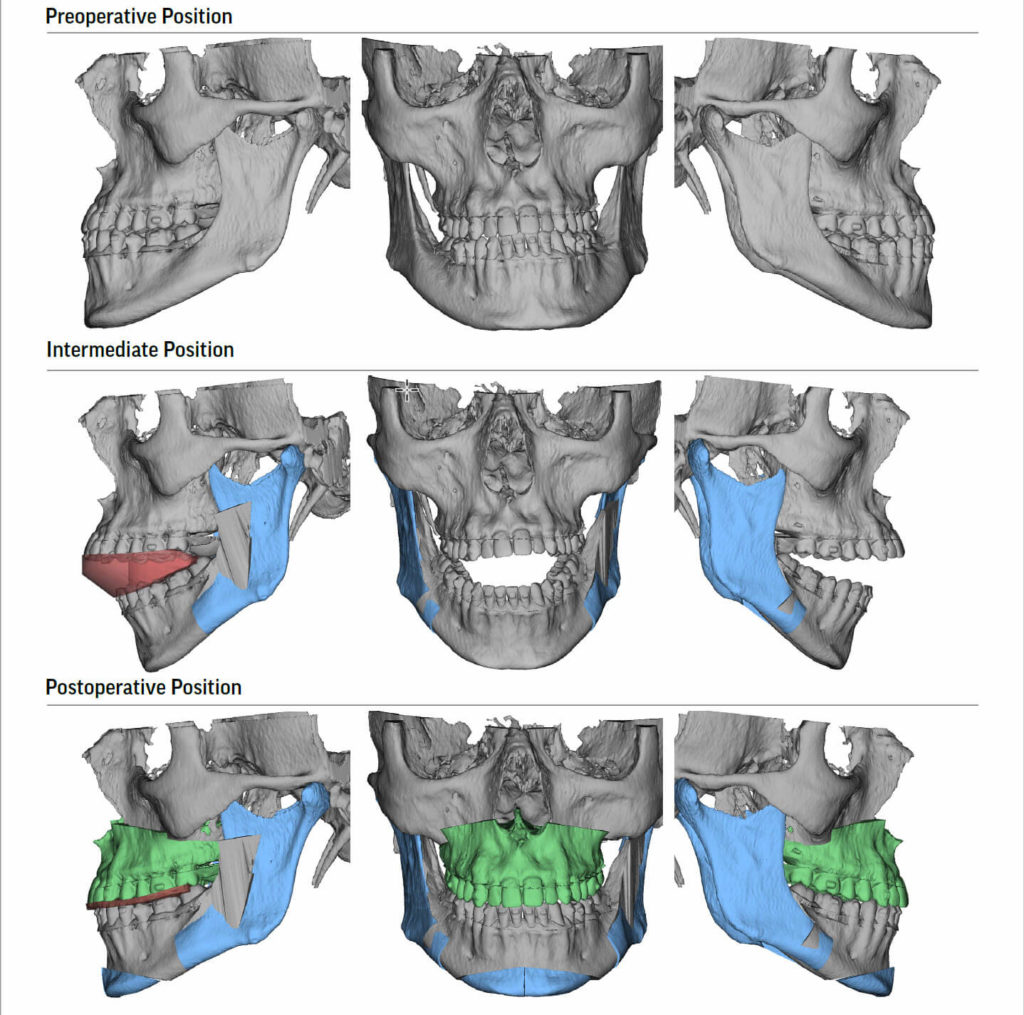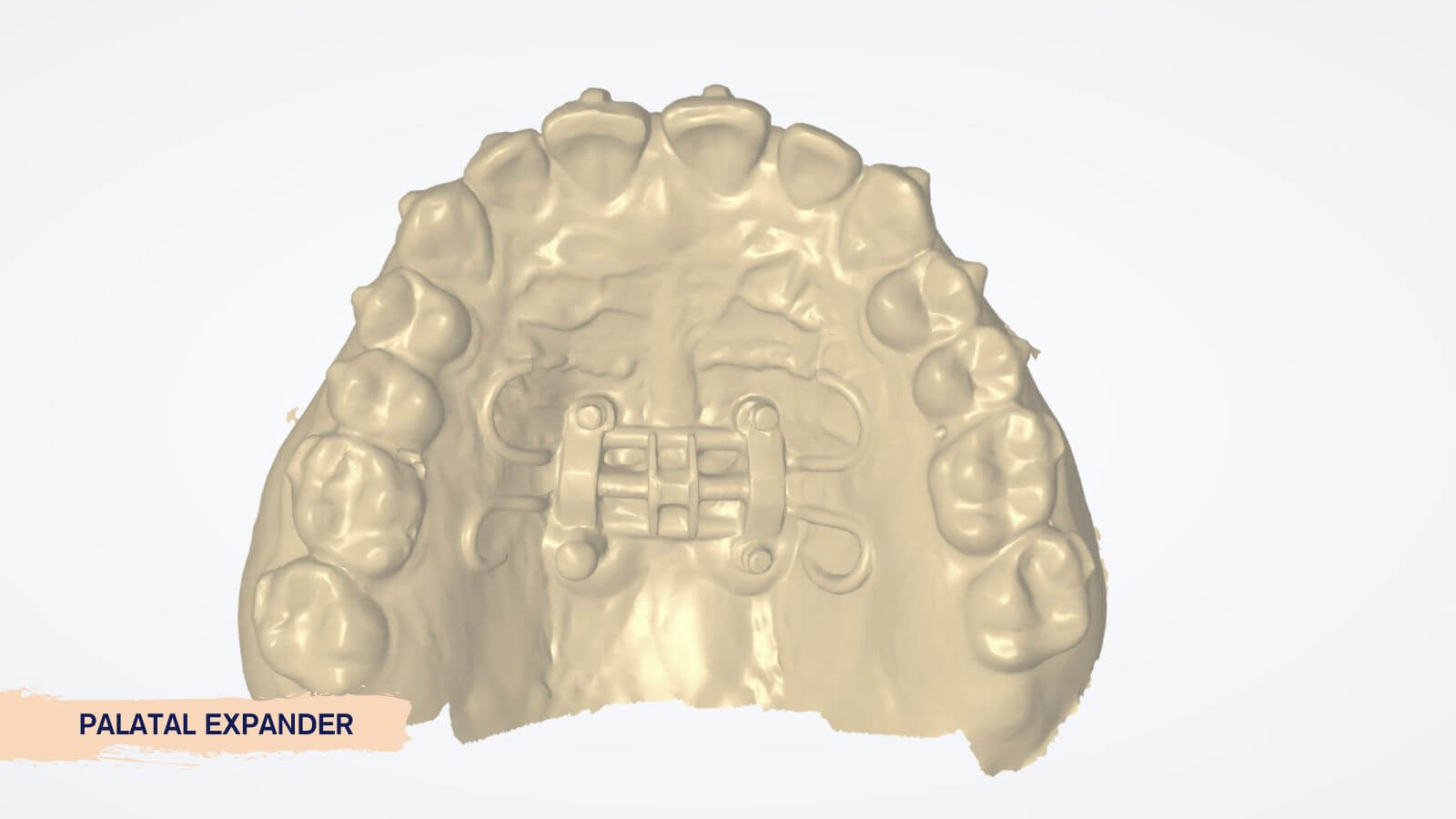Palatal expander
Palatal expanders are designed to fix narrow palates. A jaw spreader if often recommended for fixing posterior crossbite. Alternatively, an expander can create room to resolve crowding malocclusion.
How does palatal expander work?
Expander is one the common orthodontic appliances in orthodontic treatment for kids. Expanders with facemask can fix underbite skeletal problems in kids.
Clear aligners (Invisalign) can also be combined with expander to fix both crossbite, misalignment and overbite malocclusion.
Two major types of palatal expanders are:
- Fixed palatal expander also known as rapid palatal expander (HYRAX)
- Removable palatal expander. These expanders are acrylic for both upper teeth and lower teeth.
Palatal expander is bonded on the permanent teeth and the screw in the middle moves the molars and premolars to the side. In the absence of overcrowding, you can see a gab between front teeth as the expander works.
Benefits of Rapid palatal expander
Orthodontists recommend maxillary expansion for these treatment plans.
- Narrow upper jaw
- Overcrowding (crowded teeth)
- Impacted teeth often adult teeth like canines
- Avoid extraction in adolescents by creating enough space
Palatal expansion in adults
In recent years many new orthodontic treatment options emerged to address narrow upper jaws or sleep apnea using orthodontic expander in adults.
Most of these new treatment modalities creates major side effects including vision impairments and jaw bone fractures.
Jaw surgery has been the gold standard of addressing narrow upper jaws in adults. The suture in the roof of the mouth fused around the age of 12-16 years old. The palatal expander works by pushing the two pieces of maxilla apart.
Opening the fused suture in adults comes at the expense of major risk and damages to the teeth and jaws. Treatment time for expansion of maxilla has to be before the fusion of the upper jaw bones.
The safe orthodontic treatment for skeletal issues like narrow palate, sleep apnea due to small lower jaw is corrective jaw surgery. Jaw surgery could be combined with clear aligners or lingual braces.

Myth about jaw expander
Myth #1: jaw expansion correct sleep apnea.
This hypothesis has not been scientifically proven correct. Lots of studies shows that patients with sleep disorders have narrow upper jaws but fixing the narrow upper jaw doesn’t fix sleep apnea. Sleep apnea is a multifactorial disease. One origin of sleep disorder is airway obstruction with is related to the lower jaw not the upper jaw.
Myth #2: maxillary expansion in kids prevents sleep apnea.
Sleep apnea and sleep disorders are recently became a major focus in dentistry for the right reasons. Nonetheless, given the relatively low prevalence (number of patients with these conditions) both sleep apnea and sleep disorders, not every patient in a dental chair needs to be treated for sleep apnea. In fact, the US Preventative Services task force recommendation is not to screen every patients for sleep apnea unless there is an underlying condition. Studies on the impact of palatal expander in kids suggest that expanding the roof of your mouth doesn’t prevent sleep apnea.
Schedule a free consultation if you have more questions about a palatal expander orthodontic treatment.
